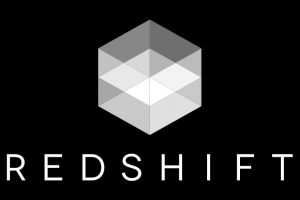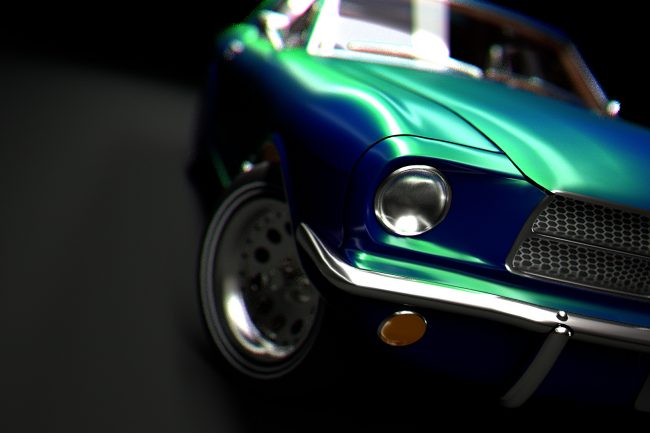

– You can’t map gradients to 3D world coordinates, which is something I often like to use.

Unless the feature is hidden somewhere, I don’t think it’s possible in Redshift… This was possible within Octane, and I found it to be useful for amendments and rendering sections which required extra samples. – Redshift lacks the ability to use the render region to render out animations. Octane allows you to use a time-limit, which I found to be useful for animatics and diagnostic purposes. – As far as I’m aware, you can’t limit the render times of each frame. – Following from this, the alternative built-in denoiser (Altus) requires an additional license. – The built-in ‘OptiX’ denoiser sucks although, the first (and only) time I’ve used this was on a very low-lit scene with a lot of noise… – You’ll be able to outsource renders to a renderfarm, if required (unlike most other GPU renderers). – It’s easier to control where the render samples are allocated, to help cut down render times. – It’s biased, allowing for ‘cheating’ and flexibility with visual styles. – It’s capable of producing high quality renders. I’ll briefly go over the pros and cons, then follow with some notes from the project:

That being said, there’s a few creases which I feel need ironing out. My expectations were pretty high, and I’d say from the experience I had, it managed to reach the bar. So, I thought I’d give it a shot.Īfter a few tutorials and a bit of playing around, I decided to put what I’d learnt into practice with a small project. There’s been quite a bit of hype around the Redshift render engine, due to it’s quality, speed and flexibility.


 0 kommentar(er)
0 kommentar(er)
